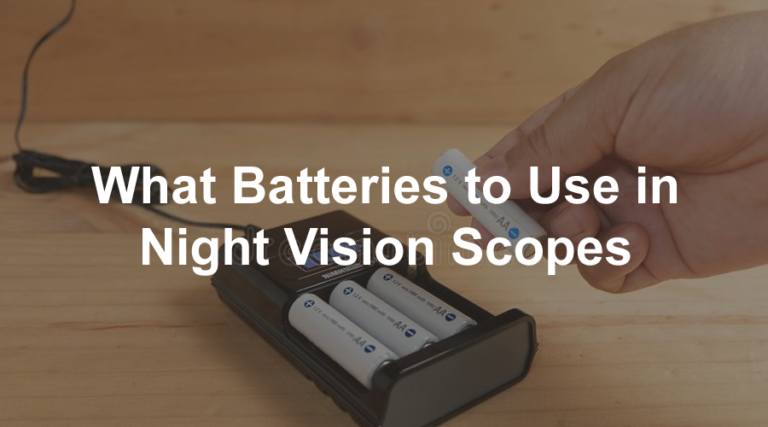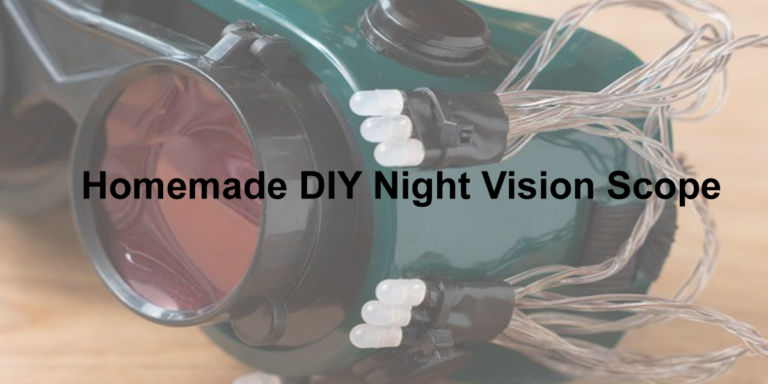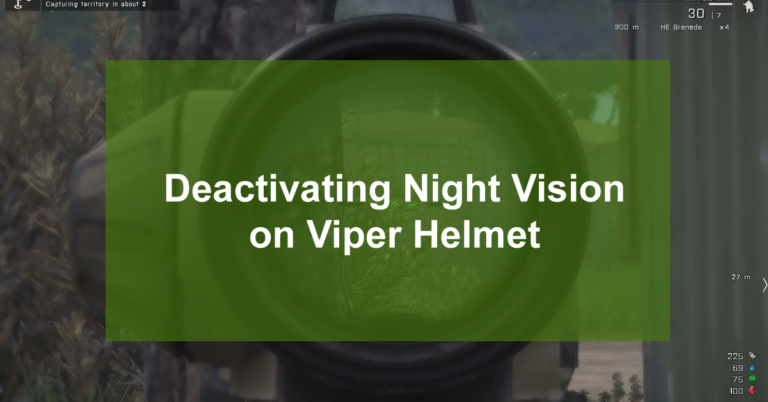Night Vision VS Thermal Scopes: Which One is Better For You?
Night vision and thermal scopes have been a major focus of military research for decades. These two technologies can be used separately or in combination with each other, which can help a soldier to improve their night vision. They can be used to detect objects in low light conditions or enhance night vision.
Thermal scopes are used in conjunction with night vision goggles to provide enhanced situational awareness. Thermal scopes can also be used to detect human movement, and can assist in identifying potential threats at distances of up to 3 kilometers.
While, night vision technology uses various kinds of sensors to enable an individual to see objects in low light or no light conditions.
So, what are the difference in night vision and thermal scopes ? How can we use these two technologies together? In this guide, I have reviewed the difference night vision VS thermal scopes to find out the best way to use them.
Differentiate Between Night Vision VS Thermal Scopes
When it comes to hunting, precision and accuracy are crucial. Night vision is a tool that provides 360-degree visibility in the dark while thermal scopes allow hunters to spot their prey in the heat of the day.
Night vision has been a staple for hunters for years. They have used it to kill their prey with efficiency and precision. While thermal scopes have been around since the early 1800s, they are now being used by military and police forces as well as civilians to hunt down their prey.
The popularity of night vision continues to grow due to its technological advancements, convenience, ease of use, and effectiveness with visual aids like night-vision goggles. Thermal scopes, on the other hand, offer great visibility both day and night and can help hunters easily spot their prey at great distances.

How Night Vision Works
The human eye is not capable of seeing in complete darkness. To see in complete darkness, humans must use specialized equipment, such as a night vision scope. Night vision technology has come a long way since the days of using crude telescopes to see in the dark.
Nowadays, there are numerous devices available that allow people to see in complete darkness without the need for light. These devices can be used for a variety of purposes, such as hunting and security monitoring.
Advantages of Night Vision
The ability to see in the dark is a major advantage for many creatures. For humans, this means having the ability to see in low-light conditions or even complete darkness.
There are several advantages to having night vision.
The first advantage is that it allows people to see in situations where there is very little light available. This can be useful for things like walking in the dark, looking for something in the dark, or avoiding obstacles in the dark. Night vision can also help people avoid potential danger in the dark.
Another advantage of night vision is that it can help people stay hidden from enemies or animals that are out at night. This can be helpful for things like hunting or avoiding being attacked. Night vision can also help people find their way around in the dark when they are lost.
Disadvantages of Night Vision
Night vision is a valuable asset for hunters and outdoorsmen, as it allows them to see in low-light conditions. However, night vision technology has some disadvantages that users should be aware of.
Some of these disadvantages are that night vision devices can be less effective in bright light and they can also be affected by dust, smoke, and water.
How Thermal Imaging Scope Works
Thermal imaging is a technology that uses heat to produce images. The image is created by detecting the amount of heat that is being radiated from an object. This technology is often used to see things that are too hot or too cold to see with the naked eye.

However, the thermal imaging scope can be used in a variety of applications, including security, manufacturing, and engineering.
Advantages of Thermal Imaging
Thermal imaging is a technology that uses thermal radiation to create an image of an object. Thermal radiation is energy that is emitted by objects that are at a temperature above absolute zero. However, these scopes can uses to detect things such as people, animals, and cars. Thermal imaging also has a number of other applications, including medicine, engineering, and security.
One of the main advantages of thermal imaging is that it can be used to see in the dark unlike NV scopes. Thermal images are created using infrared radiation, which is not visible to the human eye. This means that you can use thermal imaging to see things that are not visible with traditional optical cameras. You can also use thermal scope to see fog and smoke.
Thermal images are also very accurate. They can show details down to the millimetre level.
Disadvantages of Thermal Imaging
Thermal imaging is a popular security tool used by law enforcement and other organizations to detect people or objects. However, there are several disadvantages to using thermal imaging technology. The main disadvantages are that it is expensive and it can be slowed down by weather conditions.
Night Vision vs Thermal Scopes: Which is Better for You?
The debate on overnight vision vs thermal scopes is a long-standing one. Both technologies have their own advantages and disadvantages, making it difficult to decide which is better.
Thermal scopes are able to detect heat signatures, making them ideal for use in low-light or no-light conditions. They can also be used to see through smoke and haze.
Night vision scopes, on the other hand, work by amplifying ambient light, making them ideal for use in brightly lit conditions. They can also be used to see in darkness.
So, which is better? It really depends on the individual’s needs and preferences. Thermal scopes are ideal for detecting targets that are not visible with night vision goggles, while night vision goggles are better for seeing in bright environments.
FAQs
Does a thermal scope work in daylight?
Thermal scopes work by detecting the radiation emitted by an object. This radiation is emitted in all directions, but is most intense in the direction of the object’s heat source. The thermal scope converts this radiation into an image that can be seen on a display.
What is the difference between thermal and night vision?
Thermal vision detects heat, while night vision detects light. It is useful in complete darkness or in smoke-filled rooms, while night vision is better for seeing in low-light environments.
Is night vision or thermal better for coyote hunting?
Night vision is better for coyote hunting because you can see the animal more clearly in the dark. Thermal imaging is good for seeing the animal’s body heat, but it doesn’t work as well in very cold weather.
What is cheaper night vision or thermal?
The cost of night vision and thermal imaging devices varies depending on the features and capabilities of the devices. Generally, night vision is less expensive than thermal imaging. However, thermal imaging is more sensitive to temperature variations and can detect smaller temperature differences than night vision.
Which is better thermal or night vision scope?
Thermal scopes are better for seeing objects in the dark because they detect heat instead of light. While, night vision scopes are better for seeing things in low-light environments.
Conclusion – Night Vision vs Thermal Scopes
There are a number of different types of night scopes available on the market these days. Some designs for hunting in low light conditions, while others are meant for the military or law enforcement.
Regardless of what you’re looking for, we’ve reviewed the best night scopes and thermal vision devices to help you find the best fit for your needs. Whether you’re a beginner or an experienced hunter, we’ve got you covered on Night Vision VS Thermal Scope!





